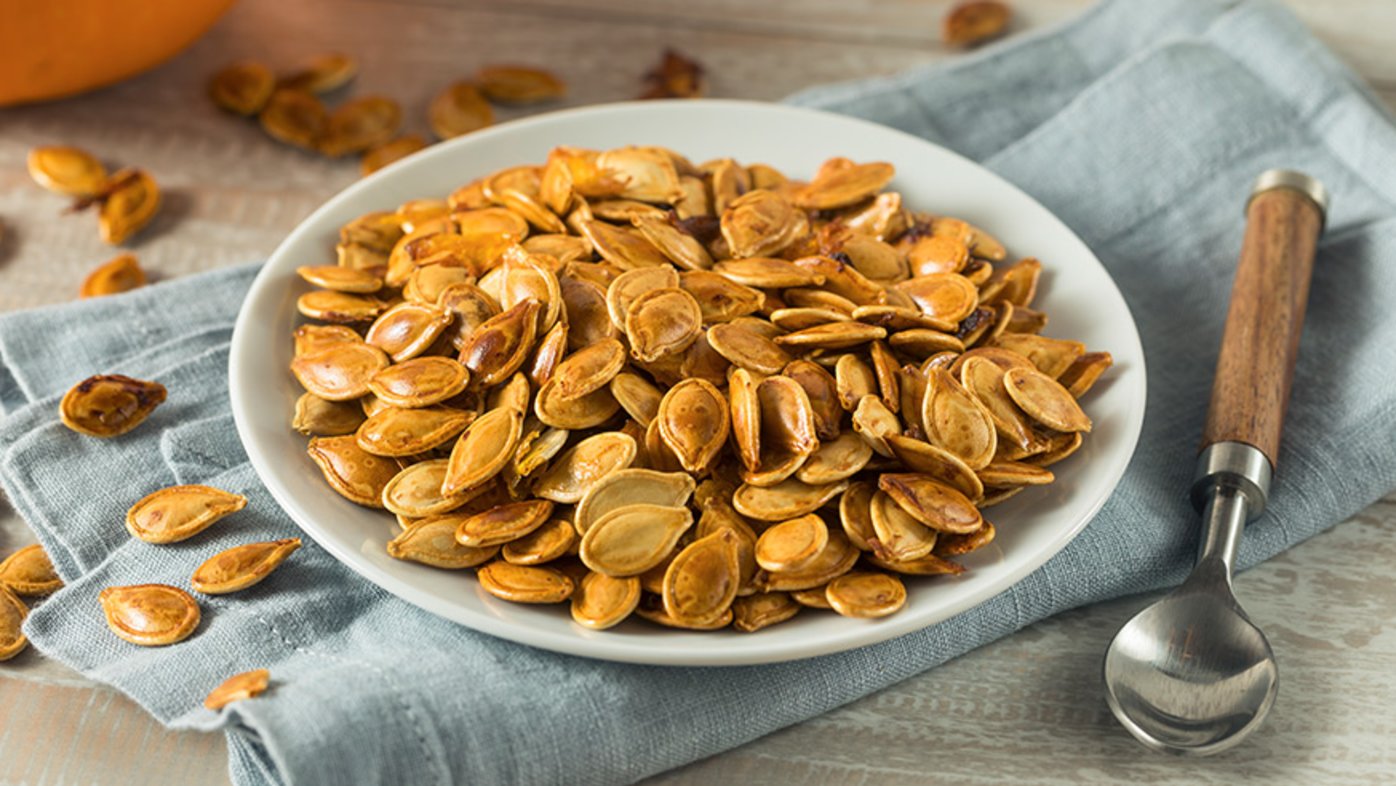
Health benefits of pumpkin seeds
Pumpkin seeds are loaded with the nutrients our bodies need.
While there is no question that salmon is great for you — it consistently ranks at the top of healthy eating lists — it can seem intimidating to cook properly.
Angelea Bruce, registered dietitian at Sharp Memorial's Laurel Amtower Cancer Institute and Neuro-Oncology Center reminds you that salmon is a great addition to your weekly grocery list — at least twice a week — for its excellent source of key vitamins and minerals, including vitamin B-12 and vitamin D.
According to Bruce, the omega-3 fats found in salmon are important because they are not widely found in the American diet, yet are critically important to our health and well-being.
“Low levels of omega-3 fats are linked to higher rates of depression,” says Bruce. If omega-3 fat-rich fish such as salmon, tuna and halibut are not your favorite, she recommends talking to your doctor or dietitian about taking fish oil supplements to see if these are safe and recommended to you.
Intimidation of cooking salmon is not an excuse. Bruce shares three easy ways to cook salmon, some helpful seasonings to make it your own and what to pair it with for a well-rounded meal.
Salmon in a salad is always a well-rounded and delicious option. Bruce likes to pair her salmon with quinoa and a vegetable such as asparagus or green beans. Other popular side dishes with salmon are small roasted potatoes, like golden or fingerling, and rice pilaf.
Step 1: Choose the right salmon.
“Find salmon labeled ‘wild Alaskan salmon,’ because they generally have the lowest levels of toxins,” says Bruce. “Fresh or frozen are both great choices.” Bruce suggests staying away from farmed Atlantic salmon as it was named on the “Eco-Worst” choice list by the Environmental Defense Fund.
Step 2: Pick your seasonings.
Bruce recommends:
Lemon
Maple syrup
Balsamic vinegar and olive oil
Dijon mustard
Honey
Fresh dill
Parsley
Garlic powder or crushed fresh garlic
Paprika
Step 3: Cook your salmon.
2 thawed or fresh salmon fillets
1 tablespoon of olive oil
2 tablespoons Balsamic vinegar, optional
Preheat your oven's broiler and set rack about 6 inches from the heating element. Drizzle the fillets with olive oil and Balsamic vinegar, if using. If not using the Balsamic vinegar, season with salt and pepper. Place fillets on sheet pan that has been sprayed with cooking spray and place in the oven. Broil for 5 minutes on each side or until the fish flakes with a fork. Be careful not to overcook to avoid dry fish.
Bring the salmon to room temperature 10 minutes before cooking and pat dry with paper towel. Warm a large nonstick skillet with oil over medium-low heat. Season the fish with salt and pepper. Raise the heat to medium-high.
Place the salmon — skin-side up if applicable — in the pan. Cook until golden brown on one side, about 4 minutes. Turn the fish over with a spatula and cook until it feels firm to the touch, about 3 minutes more. The skin can be served or removed easily with a knife or spoon.
Heat oven to 400° F. Take two pieces of parchment paper, fold in half and cut a half-circle starting at each crease, making them look heart-shape when unfolded. Coat each piece of parchment paper with olive oil on both sides.
Place 1 salmon fillet in the middle of one side of a prepared parchment paper. Drizzle with extra-virgin olive oil and sprinkle with salt and pepper. Fold the other half circle over and seal parchment edge by making overlapping folds around the edge. At the end, fold the last crease in the opposite direction of the rest to ensure it seals. Place pouches on a baking sheet.
Bake for 15 minutes. Remove from oven and allow fish to sit for 5 minutes before cutting open parchment paper. The salmon is done when it easily flakes with a fork.
*Bruce recommends adding fresh lemon on top of the salmon fillets to absorb while it steams.
Our weekly email brings you the latest health tips, recipes and stories.